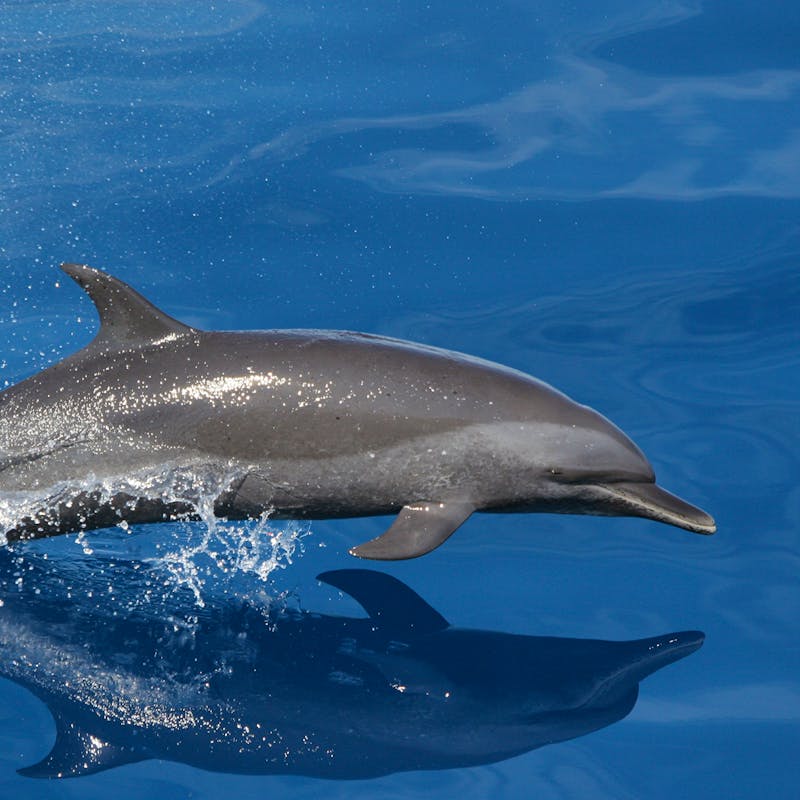Whether you live in the Sunshine State or are just visiting, as sea turtle nesting season hits Florida’s beaches, make sure you know what to do to keep these creatures safe.
Springtime means an influx of visitors here in Florida. No, we’re not talking college spring breakers. Spring kicks off the official nesting season for sea turtles in the Southeast. Up and down the coast, beaches are receiving thousands of these flippered visitors.
Sea turtles are some of the most ancient species on the planet, with prehistoric sea turtles inhabiting the Earth’s oceans over 100 million years ago. In recent decades, all seven living species have struggled to survive, thanks in great part to human activity. Five of these species nest on Florida’s shores, and all of them are federally listed as either threatened or endangered, and are protected under the U.S. Endangered Species Act.
Florida beaches are essential to sea turtles
The state of Florida supports over 90% of all sea turtle nesting in the continental United States. Atlantic beaches on the east coast of Florida, and those in the Gulf of Mexico, are considered some of the most important nesting areas for three species. Florida is home to the largest nesting group of threatened loggerhead turtles in the world, the largest nesting population of threatened green sea turtles in North America, and an increasingly important nesting area for endangered leatherbacks. The Kemp’s ridley and hawksbill sea turtle also occasionally nest in Florida.
Nesting season for the different species doesn’t have a concrete start and end, and the timing can shift based on weather, ocean conditions, or other environmental variables. Leatherbacks are the earliest, beginning to come to shore in February or March, and loggerheads typically start to nest in April or May. But by June, all three of the more common nesting species are on hand, and the peak of the season lasts through the summer, tapering off in late October. The daytime-nesting Kemp’s ridley typically nests during the spring, and hawksbill nesting is incredibly rare in Florida.

Protecting the next generation of sea turtles
Thousands of female sea turtles arrive on Florida beaches to give their young the best possible chance at survival, and to ensure a future for their species. Though humans once put that future in jeopardy, bringing these species close to the brink, decades of conservation action have helped their numbers rebound. And each year, as sea turtle mothers entrust their eggs to our beaches, we have a responsibility to see them safe.
In many coastal communities, researchers and volunteers patrol the beaches looking for signs of sea turtle nesting. In some cases, each nest is marked and may be protected from predators. After a nest has been marked, it is carefully monitored for signs of high tide effects (which can harden sand over nests), predation, and finally hatching. After the hatchlings emerge from the nest, researchers and volunteers return to try to evaluate and document how many hatchlings emerged.

As the hatchling turtles emerge from the sand, they instinctually seek the horizon by looking for natural light reflecting off the water. Artificial nighttime lighting on homes, roads and businesses can give off similar light, confusing the hatchlings and causing them to head in the wrong direction. If confused turtle hatchlings crawl inland instead of toward the surf, they often die from dehydration, being hit by cars or other vehicles, or being preyed upon by a variety of animals. Shorebirds, foxes, raccoons, ghost crabs and even fire ants often inhabit the dunes and wander the beach, and can make a meal of an unsuspecting hatchling. Because of heavy natural predation and many other external environmental factors, about one in a thousand hatchlings (some estimate 1 in 10,000) survive to reproductive adulthood.

Thankfully, there a number of things you can do to increase those odds, whether you live in a beachside community or are just visiting:
- Turn off the lights! In your home, rental, or hotel room, turn off or cover lights that face the ocean to avoid confusing nesting females and hatchlings.
- Avoid driving on the beach at night (or at all)! Your headlights can confuse nesting females or hatchlings, and you risk hitting females or running over hatchlings.
- Keep the beach clean! Pick up litter, toys, chairs and other things at night. If left on the beach, these can be major obstacles to nesting females and hatchlings. Likewise, fill in any holes made during your visit to the beach.
- Leave sea turtles and their nests alone. If you spot a sea turtle – an adult or a hatchling – feel free to take photos (don’t use flash) or watch them move along. But don’t get in their way, and don’t handle them – they need to focus on getting to the water. Plus, it’s illegal! If you see a nest (marked or otherwise) be sure to give it plenty of space. If you find a sick, injured, or dead sea turtle, call Florida’s 24-hour wildlife alert hotline at 1-888-404-FWCC.
- Volunteer! Organize a beach cleanup with schools, scouts or community organizations. Take part in a beach patrol monitoring the nesting sites and hatching progress.
- Cut back on fertilizers and pesticides! Most water ends up in the ocean at some point, and it carries all our human pollutants and toxins with it. Fertilizer runoff is linked to blooms of harmful algae and low oxygen in coastal areas, which can sicken or kill marine life, including turtles and their food.
To build their nests, female sea turtles typically return to the beaches they were born or very close to where they hatched. Each time they come to shore, nesters are following in the flipper tracks of countless generations of their ancestors, in a tradition that goes back thousands of years. To see it continue for thousands more, we need to maintain these safe havens for sea turtles to come to shore, and protect them at their most vulnerable.




